As responsible travelers evolve, so do the stories we share.
This article is part of our living archive — trusted content we continue to care for.
First published on January 31, 2024 • Last updated on January 31, 2024.
2024 Update – Before planning this hike, please check current conditions with the GAD in Lloa. Guagua Pichincha is an active volcano and local officials sometimes close the access road and refuge.
I hike places like Guagua Pichincha because hiking at high altitude brings me pure joy. The air is thin but clean. The views from up high are incredible. Even cloudy days provide surprise glimpses of striking panoramas as winds play havoc with high mountain peaks. A gust of wind might change a socked-in gray day into a singular moment of stunning blue sky.
WHY GUAGUA PICHINCHA IS A FAVORITE HIKE
The problems of hiking at altitude are compounded by long trails. That’s one of the reasons I love hiking at Guagua Pichincha.
By taking our vehicle to the Refugio, we save our bodies a lot of wear and tear. We can focus on getting to the crater rim, about a 30-minute hike from the Guagua Pichincha Refuge; or the Virgin of Lloa shrine, about a 35 minute hike; or to the summit itself, an hour according to some, though the only time two of us might have made it was on a foggy day and it was impossible to tell if the correct high point had been reached. (And these are gringo hiking times… we’ve had Ecuadorians fly past us on these trails).

At the very least, a trip to the crater edge is well worth the trek. You will want to come well prepared for cold and windy weather with possible rain in the afternoons. That means gloves and a warm hat on top of your windbreaker and rain jacket. I also wear rain pants to act as a layer against cold wind. The earlier you hike, the better your chance at experiencing clear views at the crater rim. Your chances are also improved by hiking in late spring (May has been especially good this year) and in August, when the summer winds are known to scour the sky free of those pesky clouds.
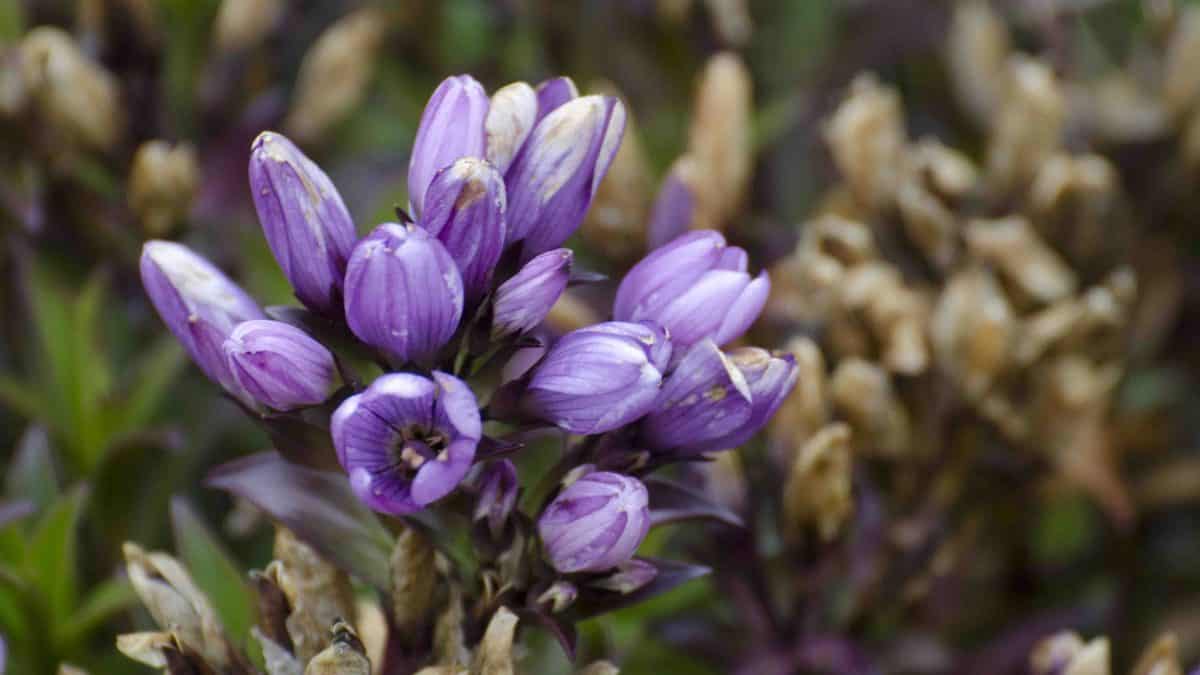
But a cloudy day doesn’t mean you shouldn’t attempt the steep hike. If you are a birder, cloudy, foggy days tend to mean no wind which can make life a little easier for small birds. They are less likely to be hunkered down and hiding from view. If you are a nature lover in general, then the high alpine flowers will intrigue, from bright purple crocus-like cashpachina to strange-looking dead man’s fingers, a plant that could only exist in such a stark habitat.
One of the worst weather days on the slopes of Guagua Pichincha was also the day we saw an Andean Snipe and that my friend snapped excellent photos of the Ecuadorian Hillstar Hummingbird, both male and female. Every day birds on the slope include the Carunculated Caracara and the Plumbeous Sierra Finch. So don’t let clouds stop you from hiking.
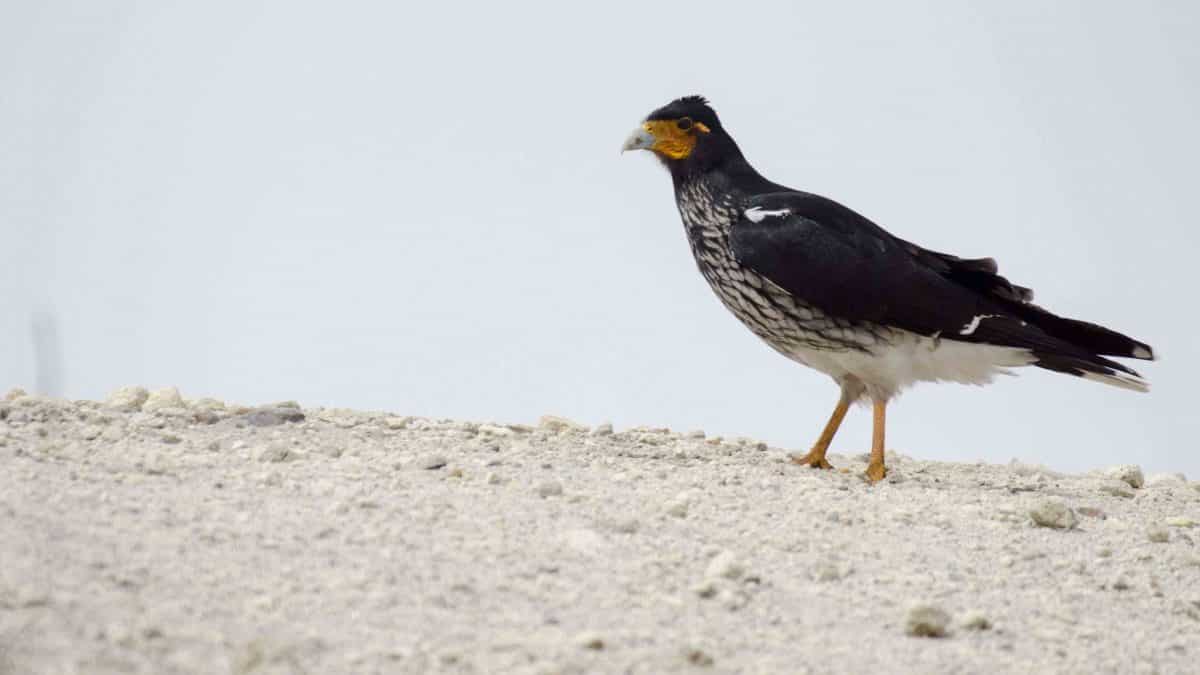

And there are surprises – that moment when a gust of wind opens a window to a mountain peak and you see a cross waiting up high, a cross that you didn’t even know was there moments before. A few deep breathes later, and it’s gone but the secret is out and you know there is something else to find when you reach the top.
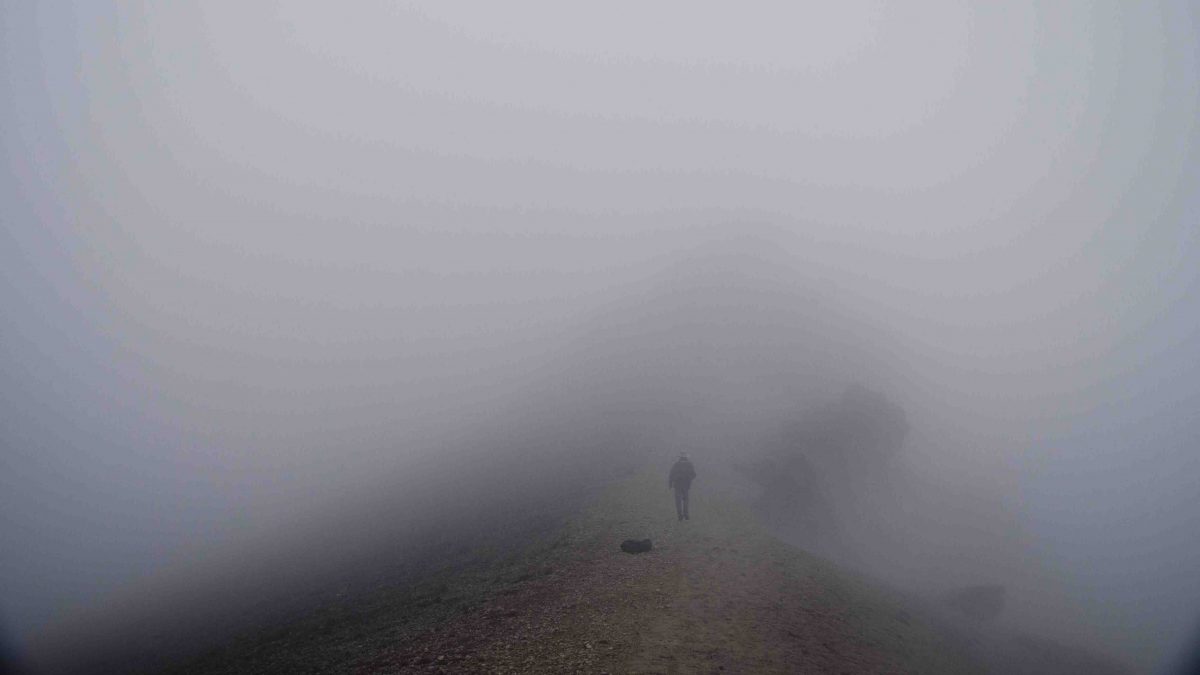


Hiking in the Andes makes my spirit sing. Although hiking can be strenuous on my lungs, I feel an energy that is different from hiking the Sierras of my lovely California. My husband tells me that I experience a high altitude high, not unlike feeling a little drunk. And he could be right. Altitude can have strange effects on people and it is important to know the signs so that you can prevent symptoms from becoming dangerous.
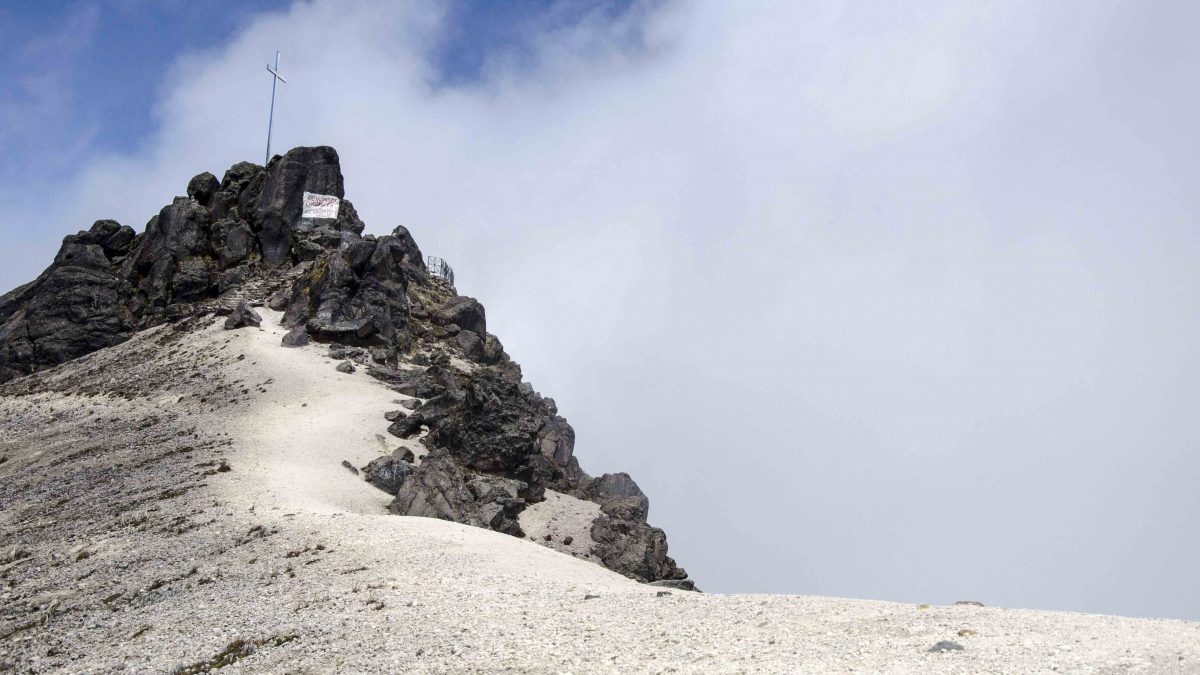
RECOGNIZING HIGH ALTITUDE SICKNESS
First, dehydration. The high Andes is very dry and if the sun is shining or the wind is blowing, dehydration can quickly become dangerous. The day before you plan on hiking is the day to hydrate. Drink plenty of water and refrain from alcohol the night before. Take plenty of water with you on the day of your hike.
Second, the headache. This is related to dehydration and the best prevention is the water mentioned above. However, we also recommend taking your favorite headache medication, be it ibuprofen or acetaminophen, the morning of your hike. If you are a coffee drinker, don’t skip your caffeine that morning. Or, better yet, bring a small thermos of coffee or tea and have some when you arrive at the Refugio. We swear by Argentine mate but know that not everyone has yet taken the plunge.
Third, lack of blood flow and sometimes, coordination. Some people will have problems with fingers and toes as their blood is less oxygenated and circulation seems to suffer. You might notice that your fingers are swollen or that they have a bluer tinge than normal. You might notice that you are stumbling a little as you hike. These are all clues that the altitude is playing with you.

Fourth, lack of energy. The high altitude can drain you of any energy you have left. Sometimes a shot of caffeine (or the natural cocaine in coca tea or mateine in mate) can alleviate this. Locals swear by chocolate and we always hike with a couple of bars. Whether it is the sugar or the small amount of caffeine or just the placebo effect that helps, we’re not sure. But it has become a habit to break out the chocolate when the hiking gets tough.
Fifth, euphoria. This is the high my husband tells me I am feeling and the truth is that it doesn’t feel like a bad thing at all. But it is important to be able to tell when that good feeling starts to effect good judgement. Altitude can be just like alcohol and effect the part of your brain that makes good decisions. Keep an eye on your friends that seem particularly happy and if you yourself are feeling ready to conquer the world, just think twice about the next steps you take. And never, never hike alone on this mountain. Always hike with a friend.

If you or a friend experience multiple symptoms, it is best to go back down the mountain. Everyone handles altitude differently and the same person can have a completely different reaction on different visits. Just play it safe so that you can come back and visit this gorgeous mountain again.
This article was originally published in May, 2015

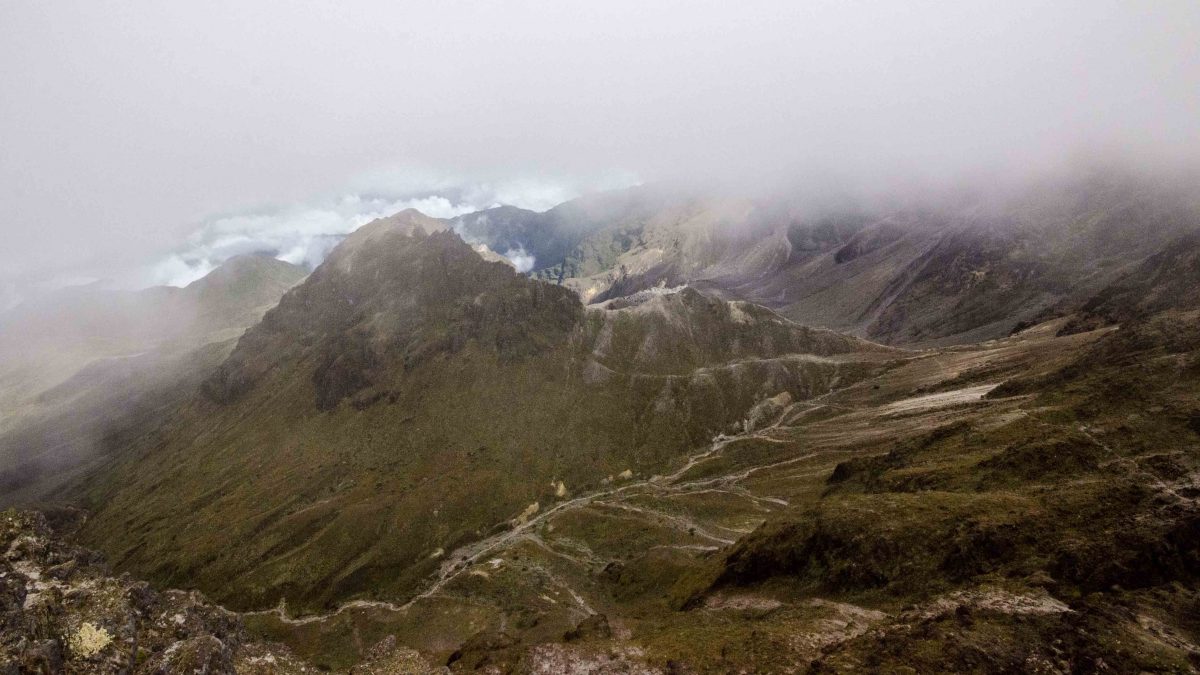
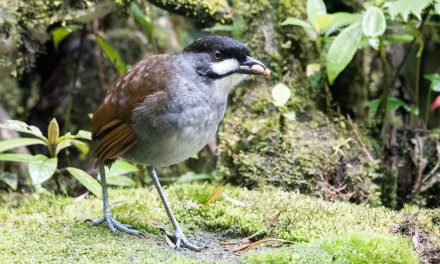

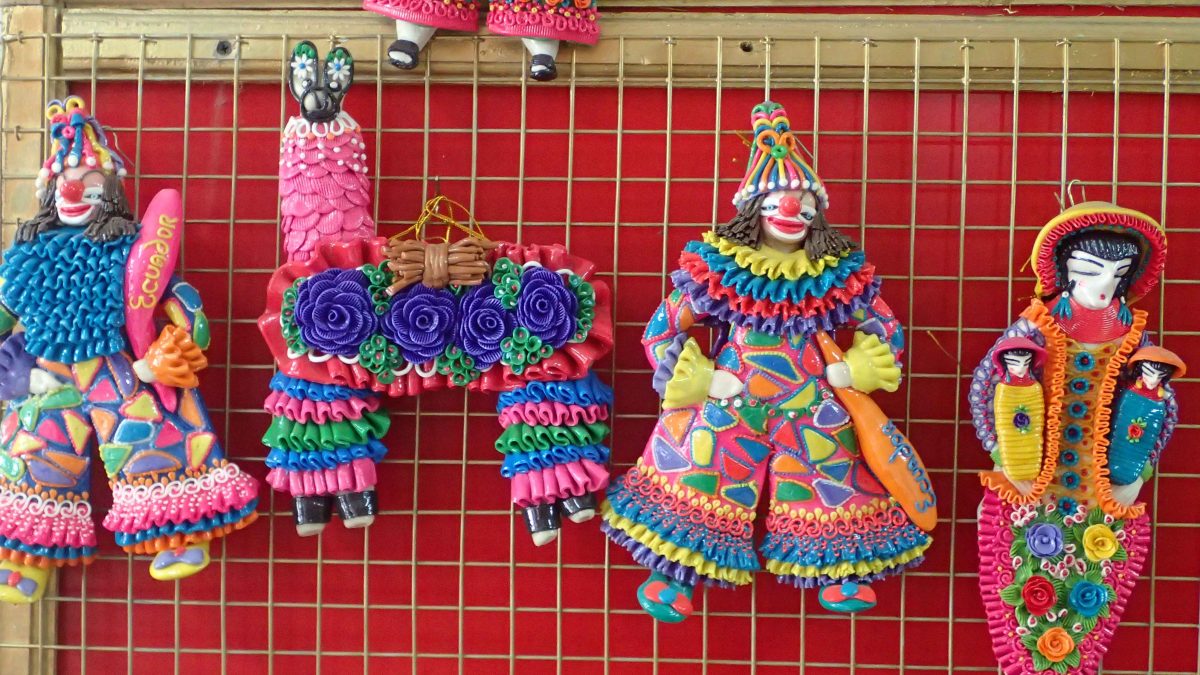
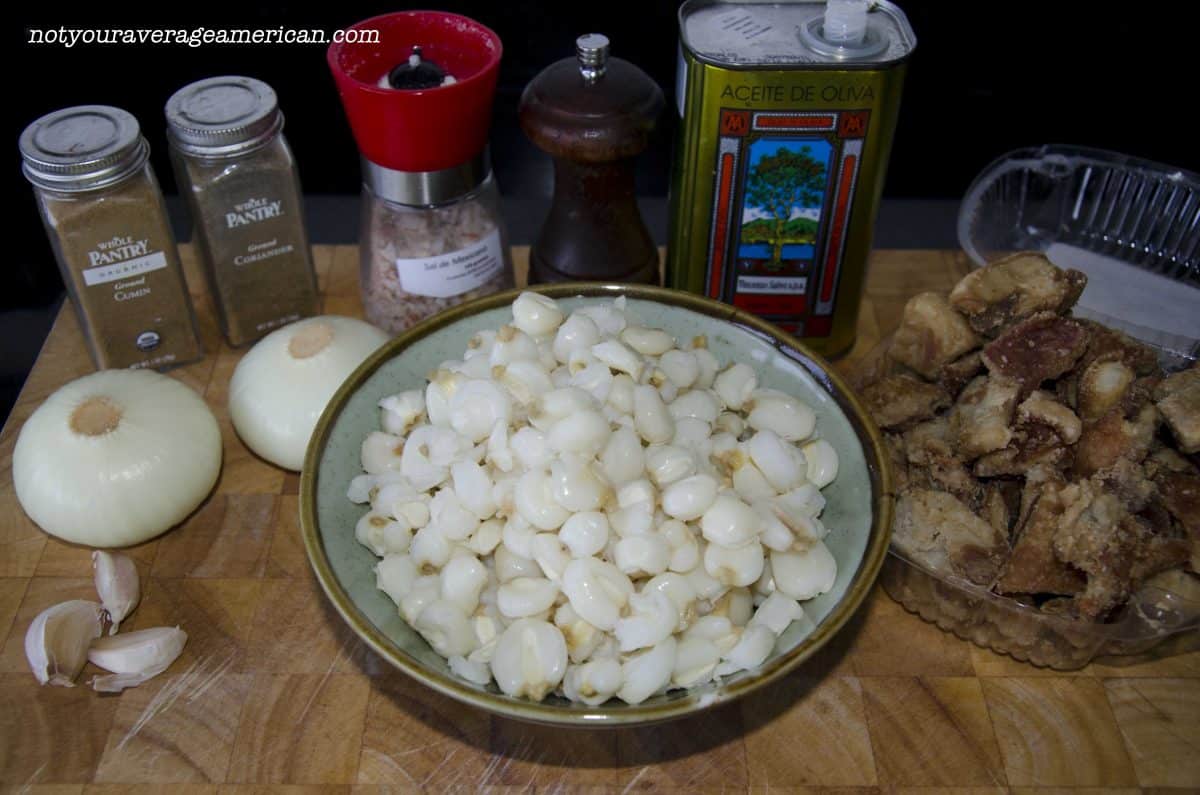

















Hi!
Great post, a lot of information on Guagua Pichincha.
I am backpacking through South America and was planning on doing Guagua by foot from Lloa with my girlfriend, staying a night in the refuge.
Do you know if the route up from Lloa is safe? I’ve read some negative comments elsewhere (particularly for women) and wondered what you thought.
Thanks!
I think lone hiking in Ecuador is always a mistake for multiple reasons. A woman or a man hiking by themselves is more likely to encounter problems than when traveling with a group or with at least one other person. For the most part, tourists are treated respectfully. Having some knowledge of Spanish will help.
The trail from Lloa to the Refugio is really a country road, dirt for the most part, and not a hiking trail. There are a few farms along the way. And there is some local traffic, heaviest on the weekends as people living in the mountains come down to the city to go to market. You might be able to hitch part way (most returning traffic is on Sunday and most coming down the mountain is on Saturday).
The road ends at the Refugio and turns into hiking trail from there. It is possible to hike to Mindo, Tandayapa, or Rucu Pichincha. I would recommend hiring a guide for any of these hikes. Without fog, it is possible to triangulate location on a topo map, which you can purchase at the Military Geographic Institute after arriving in Quito. But the fog can roll in and stay for days. Many people have lost their way on those trails, even people who know the trails. The couple that runs La Antigua in Lloa know of guides and will also help plan overnight or day hiking trips in the area.
Staying the night in the Refugio is more complicated. I would call or email the Lloa Parish government, http://www.lloa.gob.ec/index.php/contactanos, and make arrangements to stay before hiking. The groundskeeper tends to keep daytime hours, arriving in the morning and leaving well before sunset. The interior of the Refugio is not in good condition. On each of our visits, we noticed a strong odor of a petroleum based product, like kerosene, that was being used to clean the fireplace. The fumes would have made it difficult to sleep inside. And mattresses on the bunk beds were filthy. I would suggest taking sleeping bags to manage freezing temperatures and plan on sleeping outside. The bathroom is also rudimentary. The toilet does not flush but uses buckets of water instead. The kitchen facilities were next to non-existent. I doubt that there was even drinking water available. This isn’t to dissuade you from going but to help you realize that staying the night here is more like backpacking into the wilderness than staying in a traditional refuge.
Remember, during most of the year, the top of Pichincha is covered in cloud for much of the day. The best time of year to go up is late July through early September. It is much less cloudy but you will encounter high winds.
Happy trails! If you tackle this one, let us know. I would have loved to stay the night with the appropriate gear as I bet there is a greater chance of seeing wildlife. And sometimes the clearest time of day is actually the middle of the night and I bet the stars are absolutely gorgeous.